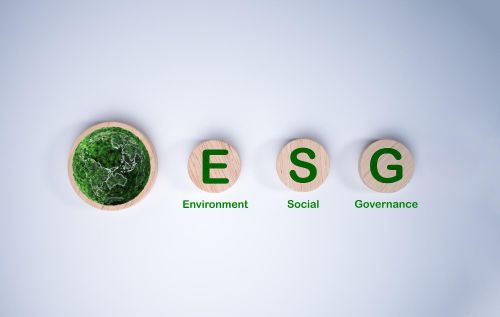California's Updated Clean Fuel Standards Set to Take Effect


Cut through the green tape
We don't push agendas. At Net Zero Compare, we cut through the hype and fear to deliver the straightforward facts you need for making informed decisions on green products and services. Whether motivated by compliance, customer demands, or a real passion for the environment, you’re welcome here. We provide reliable information—why you seek it is not our concern.
California's Air Resources Board (CARB) has confirmed that the revised Low Carbon Fuel Standard (LCFS) regulations will take effect July 1, 2025, following final approval by state regulators. The updated rules significantly strengthen the nation's most ambitious clean fuel program, designed to slash transportation emissions while expanding clean energy infrastructure across the state.
"These improvements provide market certainty while delivering cleaner air and healthier communities," said CARB Chair Liane Randolph, noting the program's dual focus on environmental progress and economic growth. The LCFS has already reduced transportation fuel carbon intensity by 13% since 2011, displacing 30 billion gallons of petroleum and eliminating 320 million metric tons of CO2 emissions.
The amendments establish aggressive new benchmarks: 30% carbon reduction by 2030 and 90% by 2045. CARB projects these changes will generate $68 billion in business revenue through credit trading while directing $4.8 billion to disadvantaged communities for clean transportation projects over the next decade. The program continues driving $4 billion in annual private investment in alternative fuels and infrastructure.
Contrary to industry warnings about fuel costs, independent analysts estimate just 5-8 cents per gallon price impacts, significantly lower than some projections. California's May 2025 gas prices remained 40 cents below 2024 levels, demonstrating the program's role in stabilizing fuel markets through increased competition and efficiency.
According to the CARB, environmental benefits include projected healthcare savings of $12 billion through 2046 from cleaner air, plus over $60 billion in avoided climate damages. The updated standards will eliminate an additional 558 million metric tons of greenhouse gases while slashing cutting harmful NOx and particulate emissions.
The state's clean vehicle infrastructure continues expanding, with 71 hydrogen stations and 178,000 public chargers currently operating. CARB will conduct biannual price monitoring and issue annual impact reports starting in 2026 to ensure the program maintains affordability while achieving its emissions targets.
Source: arb.ca.gov

More related content

European Supervisors Seek Public Input on ESG Stress Testing Guidel...

USC, Caltech Scientists Unveil Breakthrough Shipboard System to Sla...

aedifion Secures €17 Million in Series B Funding to Drive Smart Bui...
